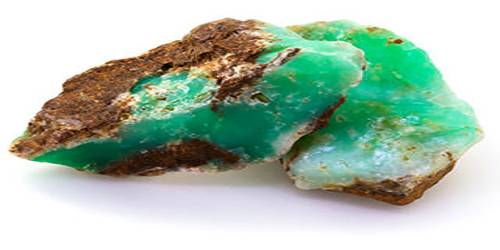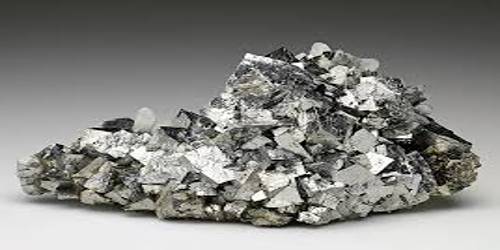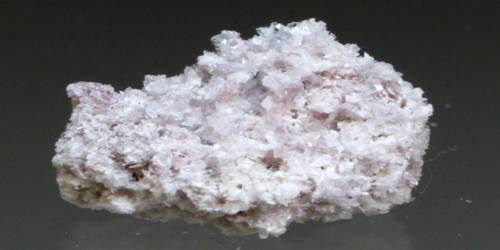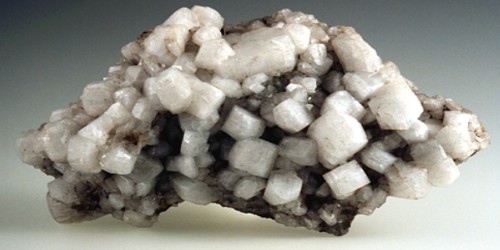Chrysoprase is a gemstone variety of chalcedony that contains small quantities of nickel. It is an apple-green gemstone consisting of a variety of chalcedony that contains nickel. It is a form of silica, much like sand or quartz, but it is made distinctive by the deposits of nickel in the stone that gives it a distinctive green color. The darker varieties of chrysoprase are also referred to as prase.
A very similar mineral to chrysoprase is chrome chalcedony, in which the color is provided by chromium rather than nickel. It is used as cabochons, for necklaces, and for ornamental objects. In earlier centuries, it was used as a luxurious decorative stone for interior decorations.
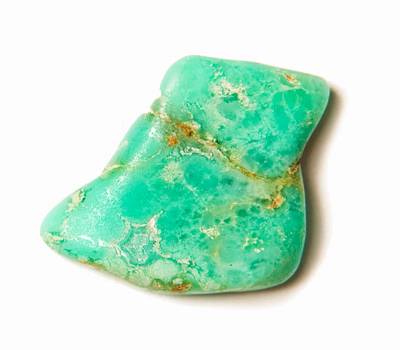
Properties
As with all forms of chalcedony, chrysoprase has a hardness of 6–7 on the Mohs hardness scale and a conchoidal fracture like flint.
- Chemical Formula: SiO2 (with a high level of nickel impurities)
- Color: Green
- Hardness: 7
- Crystal System: Hexagonal
- Refractive Index: 1.54 – 1.55
- Transparency: Translucent to nearly opaque
- Luster: Vitreous to waxy
- Cleavage: None
Chrysoprase is cryptocrystalline, which means that it is composed of crystals so fine that they cannot be seen as distinct particles under normal magnification. This sets it apart from rock crystal, amethyst, citrine, and the other varieties of crystalline quartz.
Occurrence
Chrysoprase is found all over the world. There are deposits in Brazil, South Africa, North America, Australia, and central Europe, all of which are very well-visited because of the stone’s beauty.
Chrysoprase results from the deep weathering or lateritization of nickeliferous serpentinites or other ultramafic ophiolite rocks. In the Australian deposits, chrysoprase occurs as veins and nodules with brown goethite and other iron oxides in the magnesite-rich saprolite below an iron and silica cap.
The best-known sources of chrysoprase are Queensland, Western Australia, Haneti Tanzania, Germany, Poland, Russia, Arizona, California, and Brazil. Deposits in central Tanzania have been in constant production since 1986. The chrysoprase and Ni silicate ore deposit in Szklary, Lower Silesia, Poland, was probably the biggest European chrysoprase occurrence and possibly also the biggest in the world.
Information Source;
